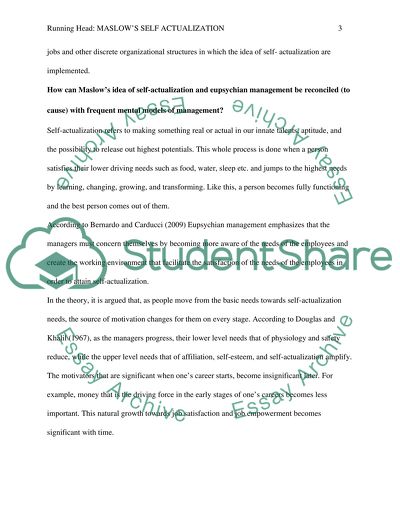Cite this document
(“How can Maslow's idea of self-actualization and eupsychian management Research Paper”, n.d.)
Retrieved from https://studentshare.org/family-consumer-science/1420041-how-can-maslowyies-idea-of-self-actualization-and
Retrieved from https://studentshare.org/family-consumer-science/1420041-how-can-maslowyies-idea-of-self-actualization-and
(How Can Maslow'S Idea of Self-Actualization and Eupsychian Management Research Paper)
https://studentshare.org/family-consumer-science/1420041-how-can-maslowyies-idea-of-self-actualization-and.
https://studentshare.org/family-consumer-science/1420041-how-can-maslowyies-idea-of-self-actualization-and.
“How Can Maslow'S Idea of Self-Actualization and Eupsychian Management Research Paper”, n.d. https://studentshare.org/family-consumer-science/1420041-how-can-maslowyies-idea-of-self-actualization-and.


